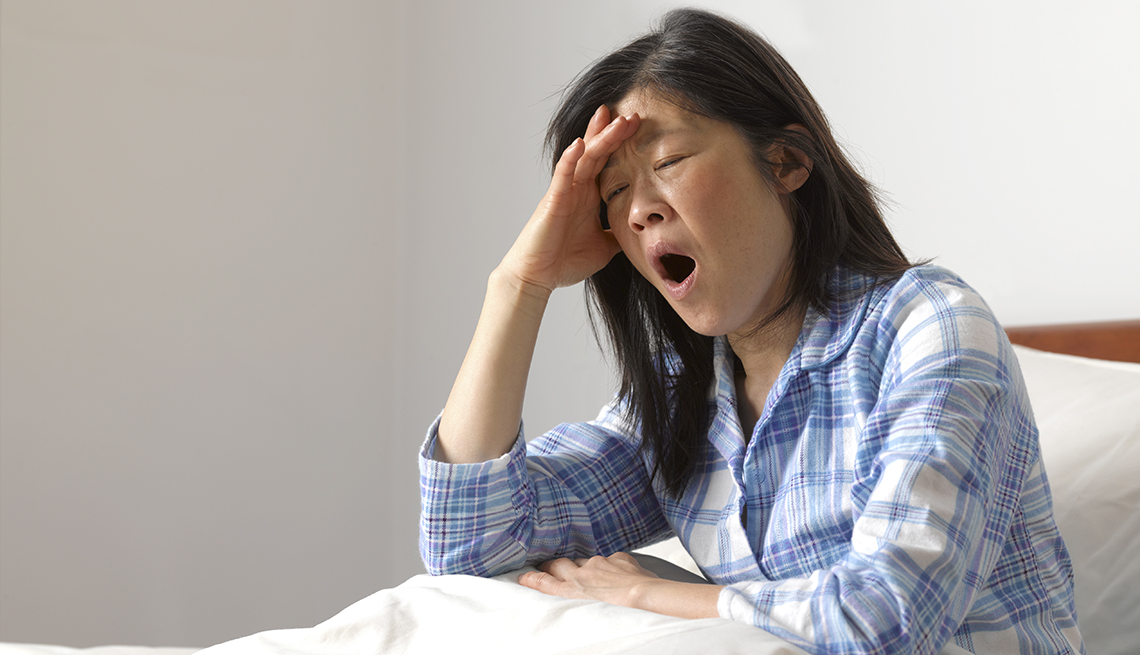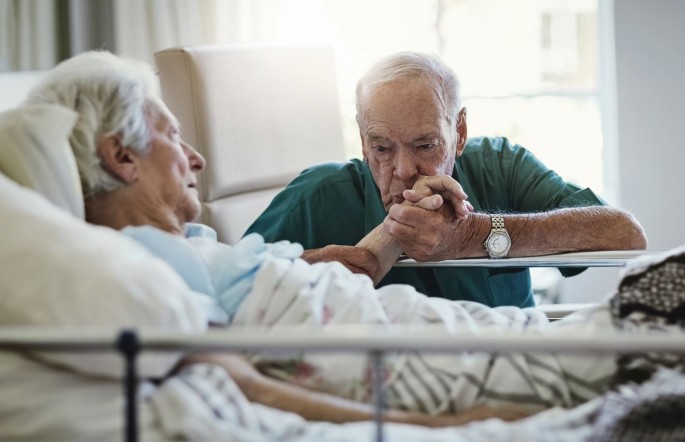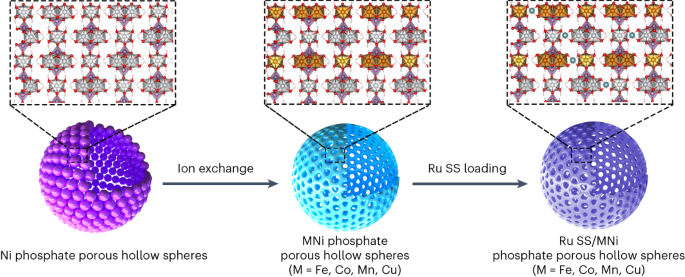
- Select a language for the TTS:
- UK English Female
- UK English Male
- US English Female
- US English Male
- Australian Female
- Australian Male
- Language selected: (auto detect) - EN
Play all audios:
6. EXHAUSTION Let’s face it, many of us are sleep deprived and feel tired. In fact, an estimated 30 percent of American adults report trouble sleeping, a new study in _JAMA Network Open_
finds. But with sleep apnea, you’re still wiped, even if you get a full night of sleep, says Malow. Experts say that in such cases, sleep apnea can be hurting the quality of your sleep, even
if you don’t realize it. You also may find yourself nodding off while doing activities you enjoy, like reading or watching TV. “If you find yourself falling asleep in situations where you
should be alert, during Zoom meetings, or even while driving, that’s often a red flag sign,” says Kryger. You also may find yourself more irritable and snapping at others. KNOW YOUR
TREATMENT OPTIONS If you notice any of these signs, Kryger recommends asking your doctor for a referral to a sleep specialist. (You can also take a screening test online, which will give you
what’s called the STOP-BANG score for obstructive sleep apnea.) The gold standard treatment for sleep apnea is the CPAP machine, and now, with multiple forms of therapy and masks, most
patients can find a comfortable option. A 2022 study published in the _European Respiratory Journal_ found that while sleep apnea itself accelerates your body’s biological aging, using a
CPAP machine for just four hours a night was able to partially reverse it. “The good news is, when people are treated for their sleep apnea, most of their symptoms disappear,” Kryger says.
While a significant share of sleep apnea patients stop using their CPAP machine over time for a variety of reasons, a big one being discomfort, Kryger encourages people with sleep apnea to
stay the course. “There are so many different models of CPAP masks out there, that it’s unusual to find a patient who can’t tolerate one at all,” he says. “They are also more convenient —
they’re much quieter and smaller than they used to be.” If you truly can’t tolerate a CPAP, there’s another option: The Inspire upper airway stimulation system, which is inserted surgically
while you’re under general anesthesia. “It’s like a pacemaker: It delivers mild stimulation to the hypoglossal nerve, which controls the movement of tongue muscles,” Kryger explains. This
allows your airway to remain open during sleep. You may also wonder if wearable sleep trackers, like the Oura Ring, can help you diagnose and manage your sleep apnea. While these devices
claim to measure your heart and breathing rates, as well as your blood oxygen levels, they aren’t approved by the Food and Drug Administration for these purposes, Kryger notes. “At best,
they suggest that you may need further testing, like a sleep study,” he says. _Editor’s Note: This story, originally published Sept. 14, 2021, has been updated to reflect new information._






